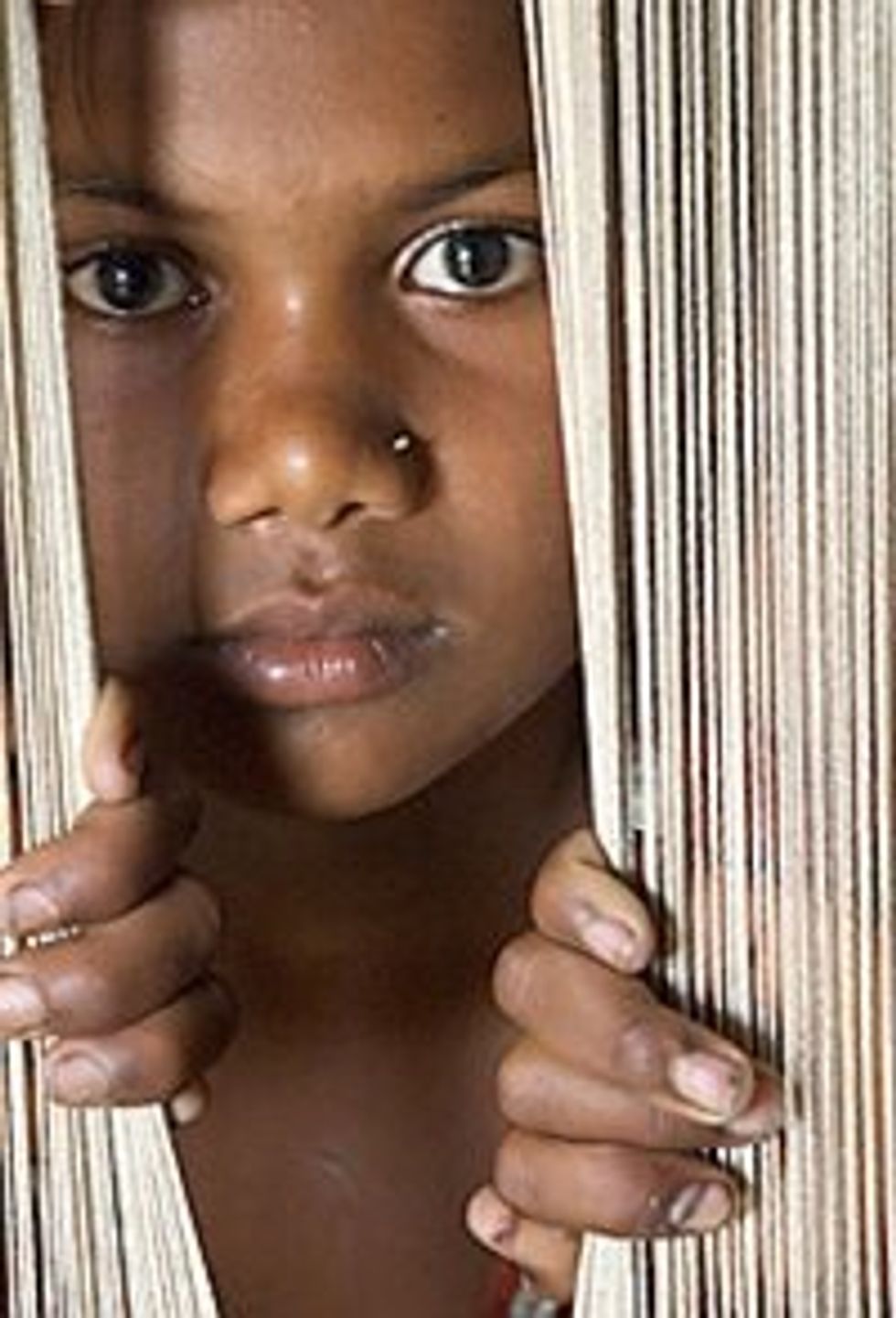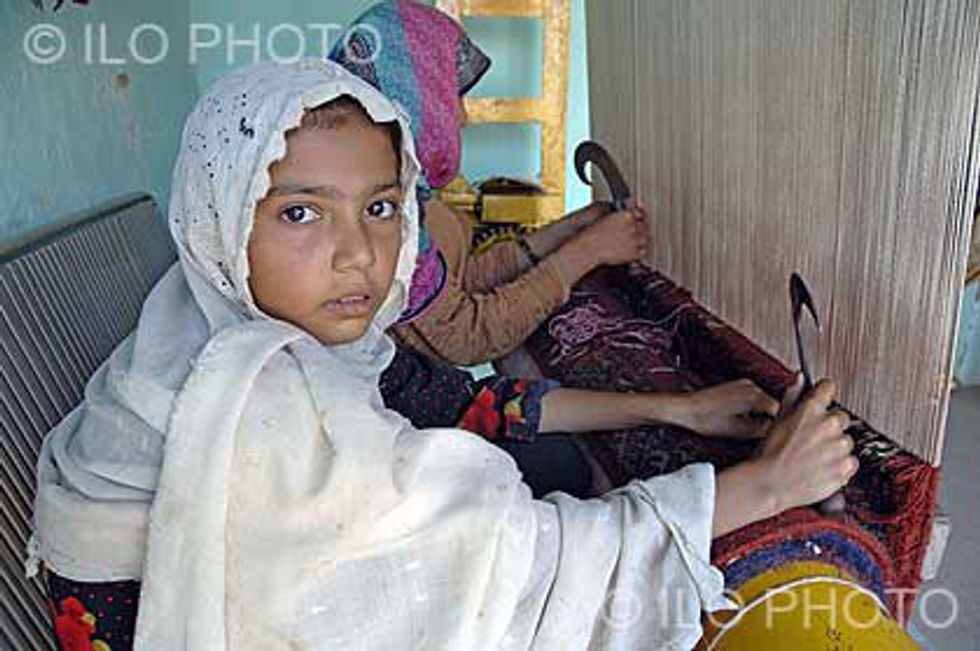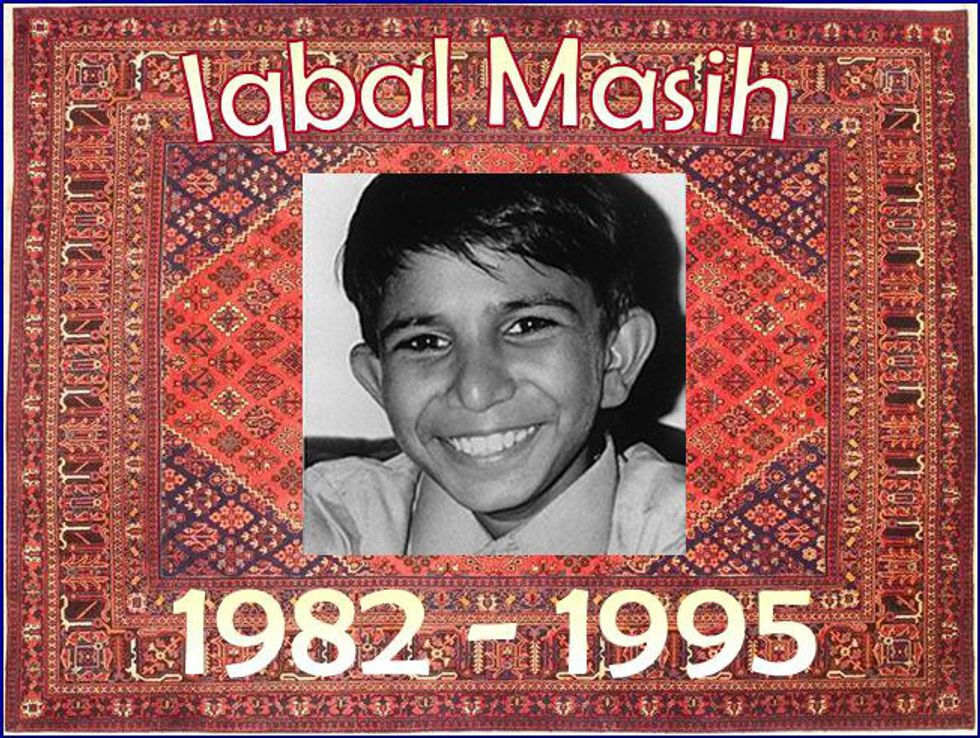One of the most alarming problems faced by a developing country like Pakistan is the interminable practice of child labor. With its high population density, mostly in the rural areas, a majority of the households engage in sending their young children to work to ensure survival, without recognizing its negative implications.
The United Nations Convention on the Rights of the Child (1989) stipulates that all work done by children under the age of 15 and all hazardous work done by children under the age of 18 is illegal. This includes "work under particularly difficult conditions such as work for long hours, during the night or work where the child is unreasonably confined to the premises of the employer."
Child laborers are now estimated to exceed 12 million in Pakistan. Despite a recent series of laws prohibiting child labor and indentured servitude, children make up a quarter of the unskilled workforce in Pakistan, and can be found in virtually every factory, every workshop and every field. However, certain industries, notably carpet weaving and brick making, cannot survive without them.
The handmade woolen carpet industry is one of Pakistan’s largest export earners with hand-knotted rug manufacture being the country’s second-largest cottage industry. These Oriental carpets are valued throughout the world and are found in houses, corporate boardrooms and marble palaces all across Europe and America.
What the admirers of the beautifully constructed carpets are unaware of is that children as young as 4-years-old, who are often chained to their looms in cramped dim lit rooms, hand-craft these carpets. The young laborers are forced to sit squat shoulders hunched for fourteen hours a day, six days a week. Breathing in wool dust and working with chemical dyes, they weave intricate carpets by tying thousands of knots with fingers that soon become gnarled and calloused due to backbreaking labor. In the small factories, children are reported to suffer physical and psychological abuse, including being beaten and are often denied food and permission to return home.
Boys ages seven to 10 are preferred for their dexterity and endurance, but they only earn $1.25 per day — one-third the pay of adult weavers. What is bothersome about this is that this not evident in the daily routine of the society. An average day in the city paints students traipsing to and from schools, families going grocery shopping, horns blaring, vendors hollering. It is only when you reach far deeper into rural areas you comprehend the complete turnover in way of life.
The harsh reality is that these children from Pakistan's poorest families are often “sold” by their parents in exchange for a small amount of money or for repaying their outstanding debt. Dire circumstances often propel them to bond their eldest child to one of the district's carpet manufacturers merely to avoid evictions.
This is where the atrocious practice of "peshgi" comes into play. It is the money paid to the parents in return for the bonded labor of their child. As long as the debt remains, the worker or debtor is bound to the creditor or employer. The parents are on average paid about $200 in installments for five years of their son's labor. During this period, the carpet manufacturer completely owns the child workers. They are compelled to do whatever their employers ask of them no matter how excruciating and arduous the work is. If the worker becomes ill or dies the family is responsible for the debt and it gets passed down through generations. This practice creates intergenerational poverty traps. Since the child laborers do not have the agency and capability to assemble and form unions to protest against their working conditions, this practice is still considerably prevalent in rural areas where production factories are located.
Iqbal Masih, a young Pakistani boy sold into bondage at the age of four, who became a symbol of abusive child labor in the developing world after he escaped and joined the Bonded Labour Liberation Front (BLLF) of Pakistan. He was fatally shot after returning home from the U.S. He was just 12-years-old.
Another major reason why this practice persists is that child laborers and adult workers are not allowed to register with social welfare and labor departments, which entitles them to certain rights. The majority of them do not even possess a national identity card, rendering them virtually non-existent. As a result, children become easy targets for trafficking, exploitation and abuse. In the absence of written contracts for employment, inept local authorities consistently fail to hold the “master” carpet manufacturers accountable for their actions. A serious negative consequence of child labor for the economy, in the long run, is the lack of accumulation of human capital caused by low school attendance and poor health. This represents the missed opportunity to enhance the productivity and future earning capacity of the next generation.
However, these child laborers, in reality, have little choice. Their families are so deeply entrenched in poverty that leaving translates into foregoing meals for an entire day. The system of "peshgi" prevalent in the carpet weaving industry has demonstrated how these impoverished families are trapped in the cycle of poverty.
If Pakistan wants to be a progressive functional country in the future, it needs people that are able to participate in the global economy. To achieve that, it needs extricate half its population out of intergenerational poverty traps and provide them, at least, secondary level of education free of cost. I believe, only then the country will see a decline in child labor and the practice of bonded child labor.
























